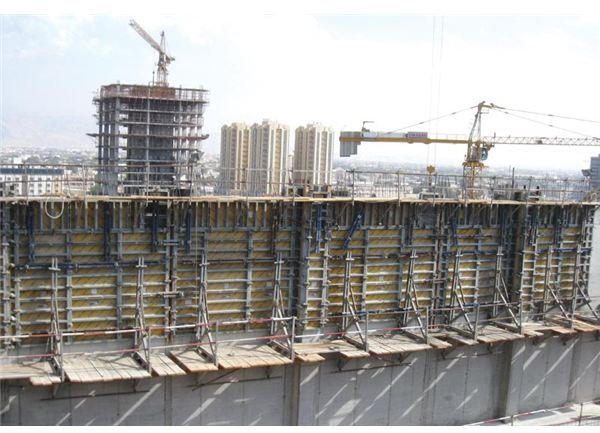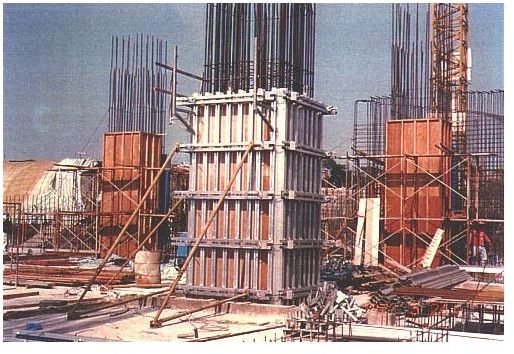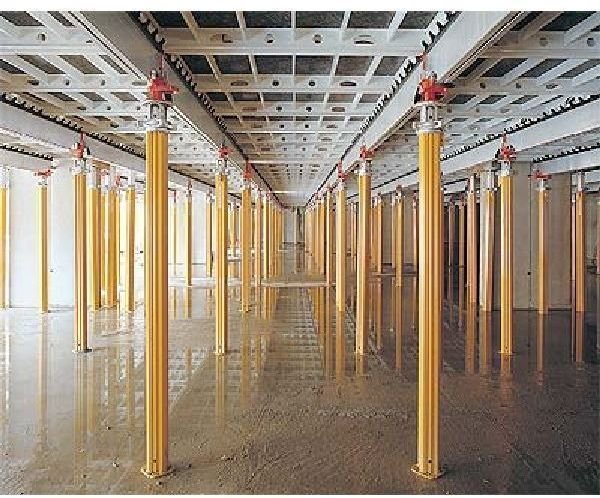Construction by Concrete Formwork
Basics Concrete Formwork
Due to low cost, strength, durability, and other favorable mechanical properties, concrete is widely being used as a structural construction material. To reduce transportation costs and ensure rapid construction, it is essential that the concrete is formed according to the requirements at the construction site. Concrete is required to be poured for the formation of walls, slabs, and other structural elements. The concrete pressure on formwork should be monitored carefully. The concrete formwork details must be analyzed properly so that the formwork systems are used beneficially. The commonly used form materials are wood and plywood that are disposed as construction waste. Parting agents are used for the easy separation of the form materials from hardened concrete. The parting agents are also called form releasers and de-molding materials. These materials ensure prevention of bond formation between the concrete and formwork systems. Thus, the surface of finished products is not affected when removed from the forms.
Production of Structural Elements by Concrete Formwork
Concrete formwork is used extensively in construction, with numerous types of formwork available. The building projects are more simply accomplished due to the multiple availability of formwork. When the concrete is reinforced, it is almost unyielding, ideal for big and minor construction works, and also simple and complicated structures. Concrete is poured into the formwork to produce structures, or elements of buildings. Concrete is produced by mixing cement with materials like sand, gravel, limestone, granite, and water to create a uniform mixture. When water is added, hydration, which is a reaction of cement with water to produce a hard substance, occurs. The concrete quality influences its workability. The concrete quality is dependent upon the water type and quantity, the mold shape, hydration duration, and the cement contents. The cement quality deteriorates if excessive water is used. The cement separates from other substances of the mix, causing cracks in the cement. However, reinforced concrete is strong and resistant to cracking. Reinforced concrete has metal rods, and other elements like glass fiber.

Engineered Formwork Techniques
This formwork is constructed from prefabricated units with a metallic structure, generally aluminum or steel. The foremost benefit of these formwork systems, when compared to the conventional wood formwork, is the rapid construction, and lesser life-cycle cost. Except for the application of excessive loads, the formwork is virtually permanent. If the cover is made from wood, it may need replacement after a few applications. However, aluminum or steel covering may last much longer.

Permanent Insulated Formwork
This type of formwork is constructed at the site, normally from insulating concrete forms. This formwork remains at its position after pouring of the concrete. It has the advantage of swiftness in installation, strength, and improved acoustic and thermal insulation. Normal concrete has a reasonably higher heat capacity that is possible to be utilized as thermal mass. Comfort can be increased by placing the thermal mass inside an insulated layer. Insulating concrete forms provide the thermal advantage, reduce the form materials waste, and also decrease the total labor necessities.

